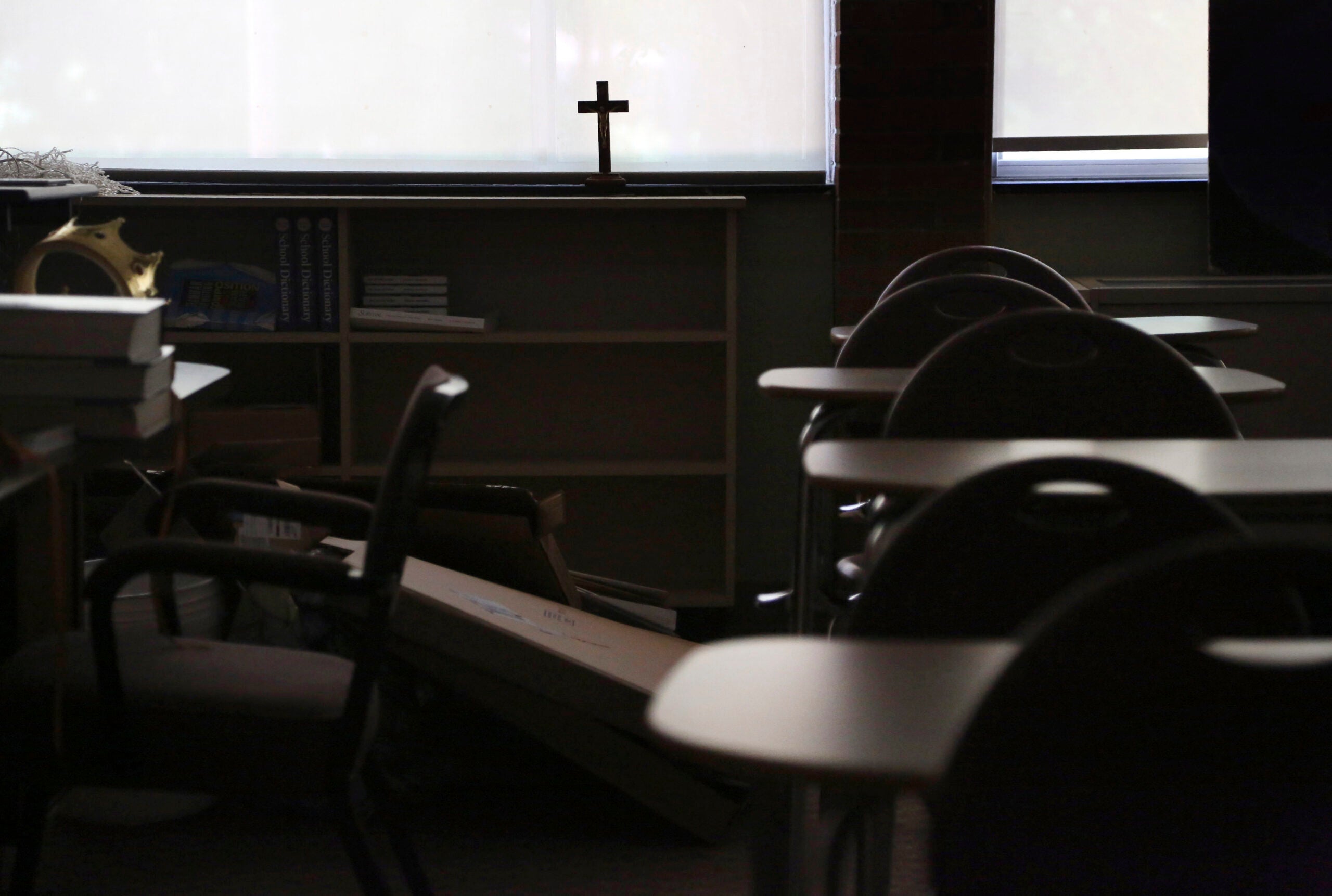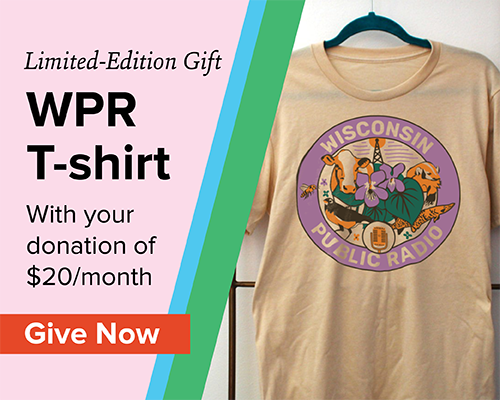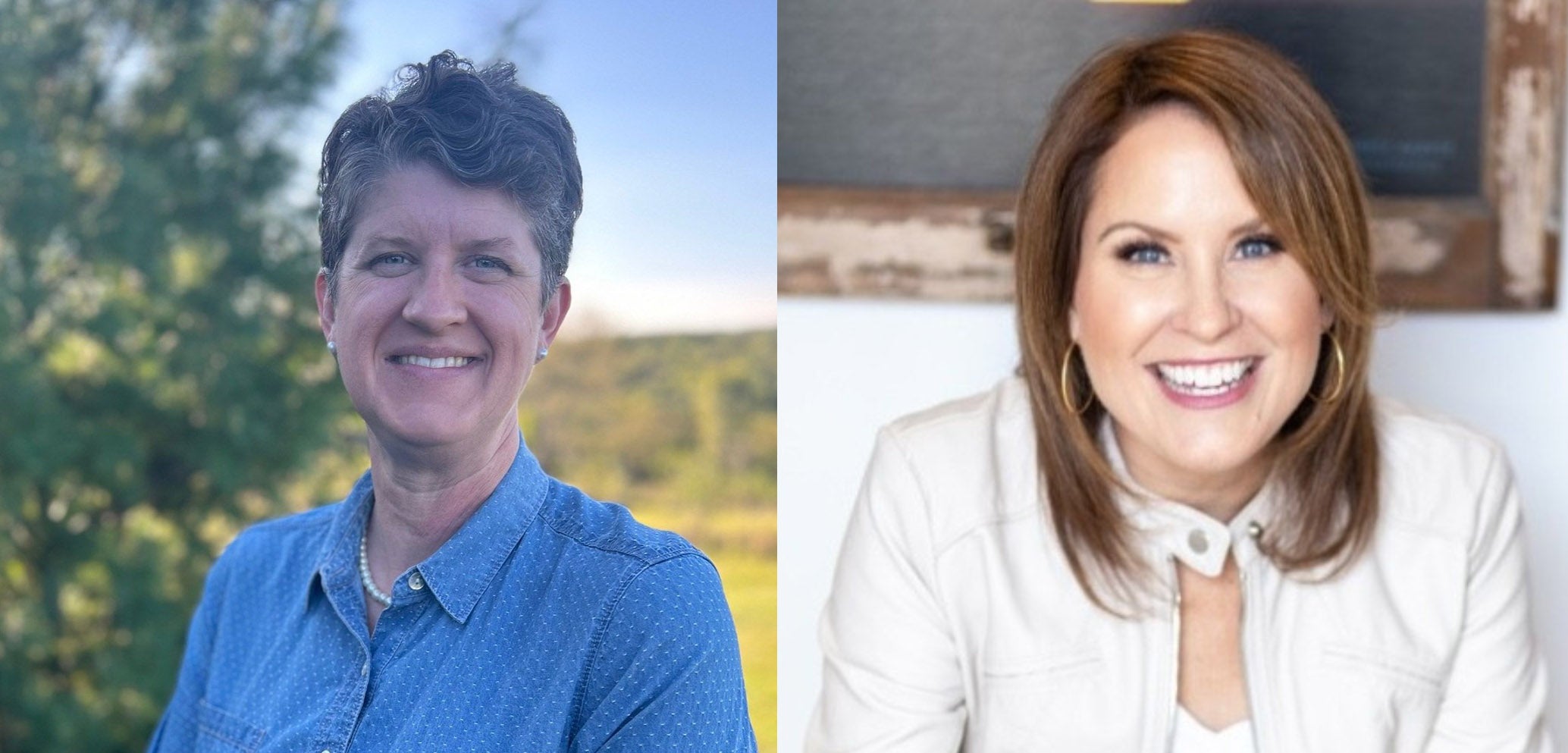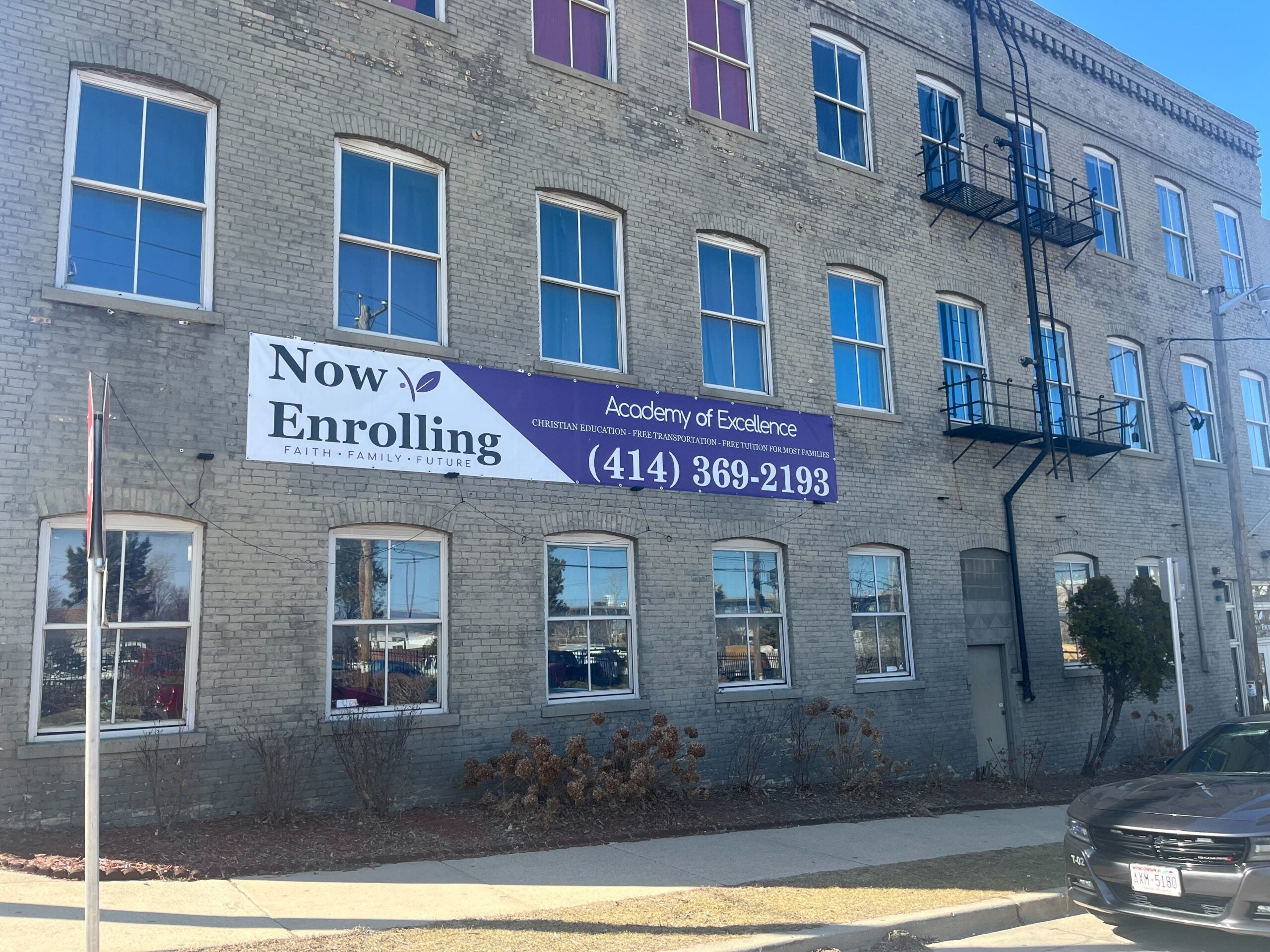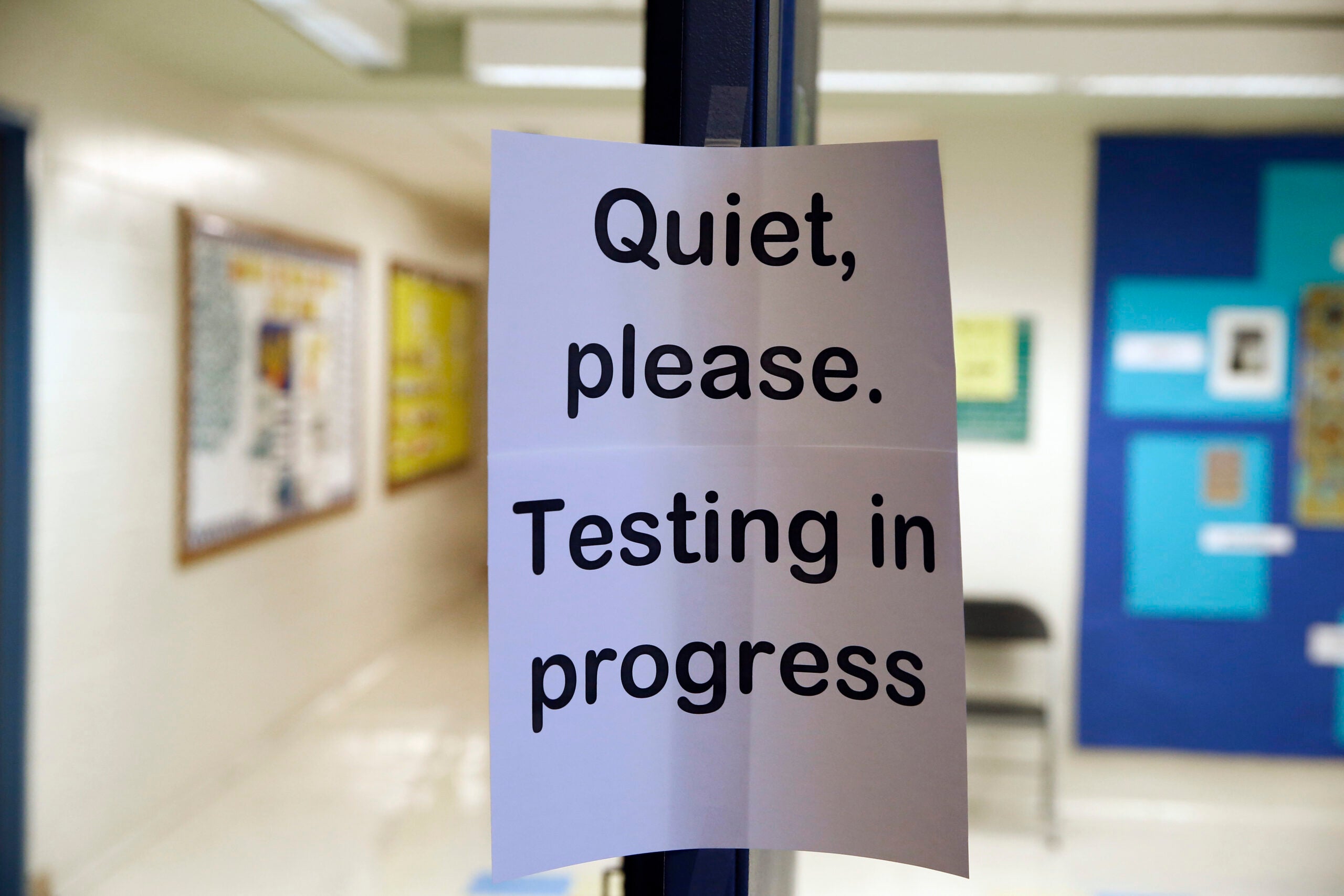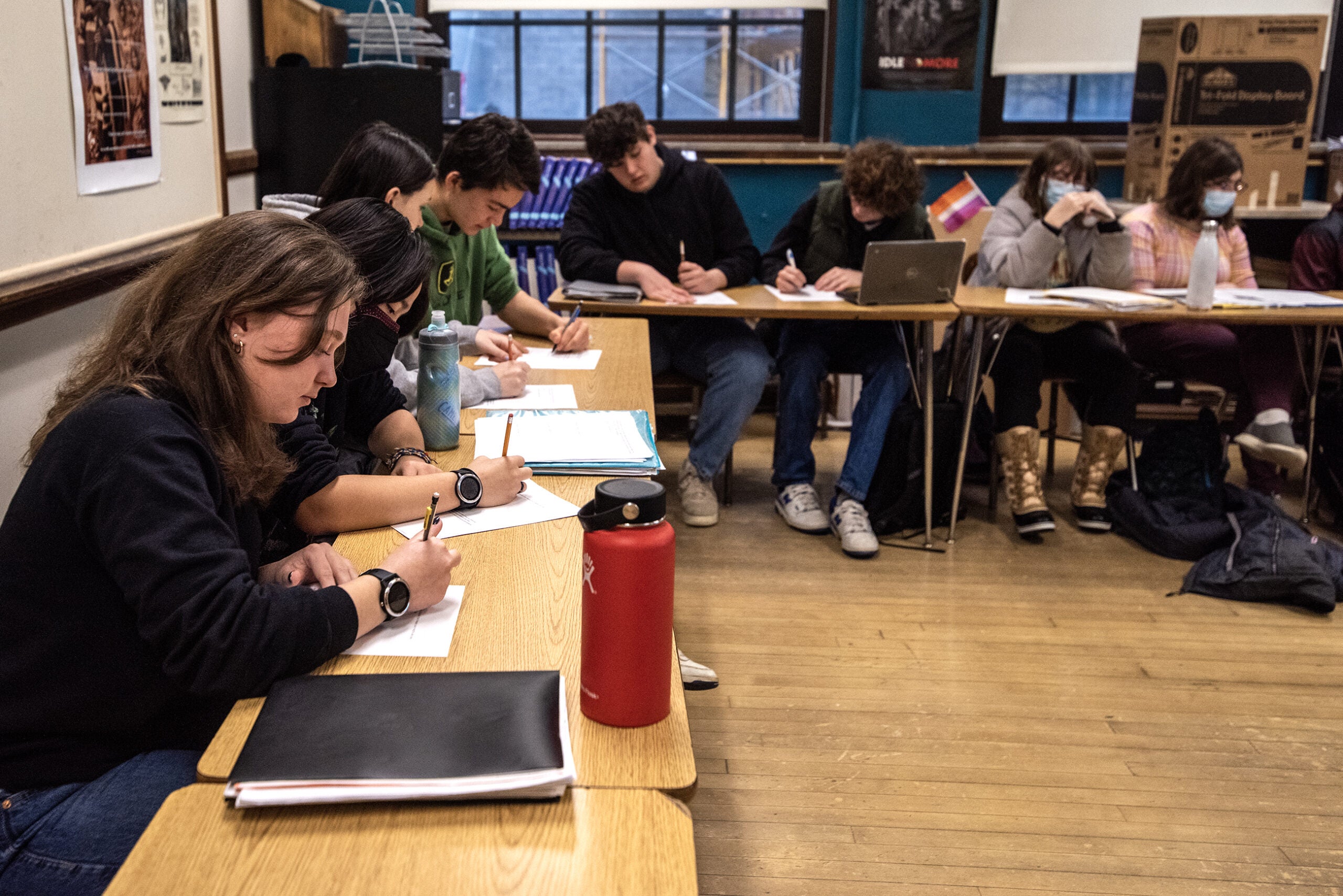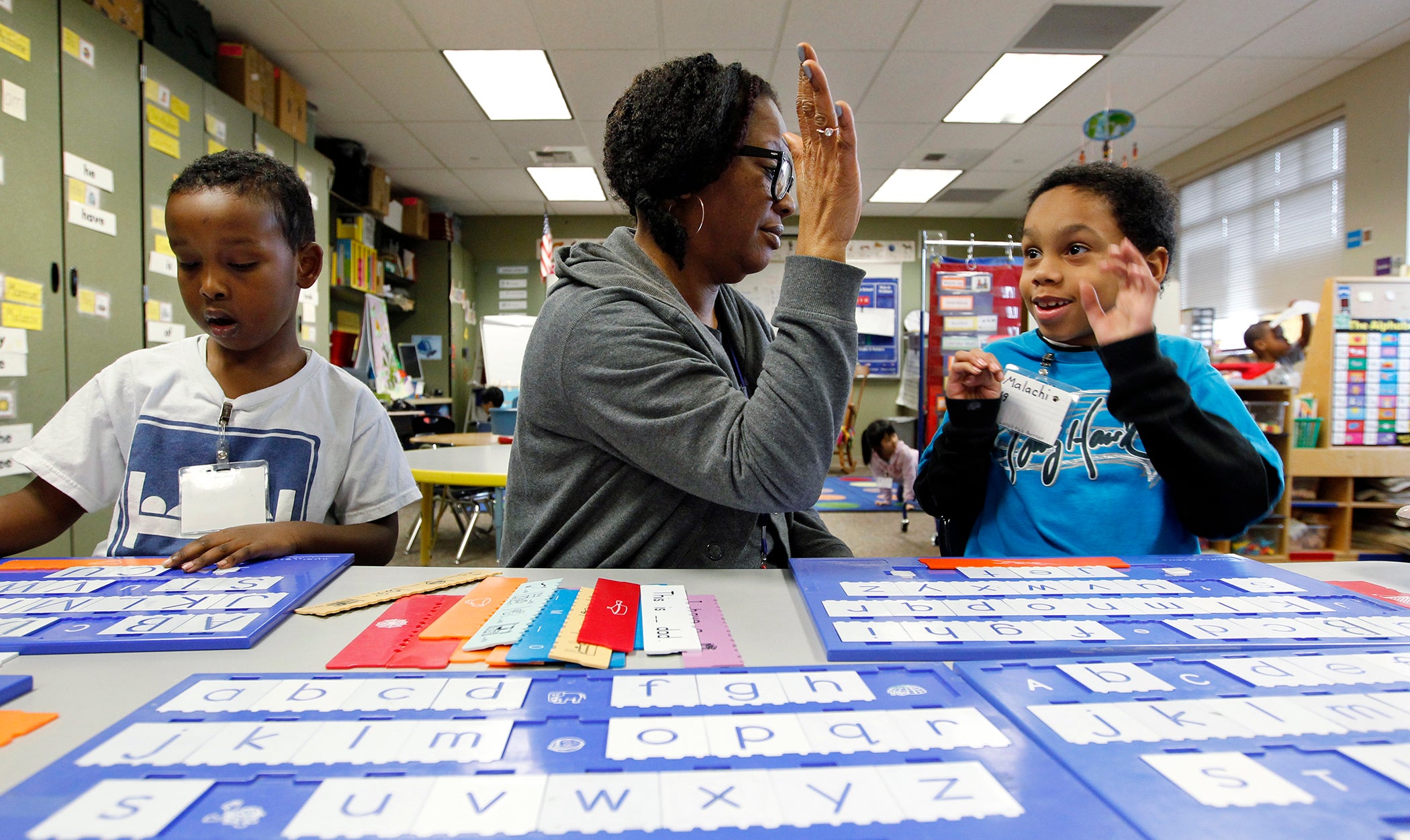A small rural Wisconsin school district that says property taxes have increased now that about a dozen students are attending a voucher school, and the school board is asking the state for relief.
The Kickapoo Area School District passed a resolution this spring calling for lawmakers to stop using public tax dollars to fund private school vouchers. The district is also asking that public spending on private school be outlined on property tax bills.
During the 2023-24 school year, 11 students in the Kickapoo school district received a private school voucher. The district is based in the tiny community of Viola, which has about 700 residents. Taxpayers there contributed $113,811 toward the cost of private school education for those students, an increase of more than 400 percent from the previous year, according to the resolution.
Stay informed on the latest news
Sign up for WPR’s email newsletter.
“Few people in our communities know, or understand, what is happening to public education here in Wisconsin and throughout our nation,” said Kristina Reser-Jaynes, a parent in the district.
The resolution passed unanimously — but is likely ceremonial.
Last year, a bipartisan shared revenue deal signed by Democratic Gov. Tony Evers included the largest expansion of government funding to private voucher schools in the program’s history.
That deal, negotiated by Republican lawmakers who have made support for voucher programs a key goal, raised funding to K-8 private choice schools from about $8,400 per student to $9,500 per student. Private choice high schools will go from $9,045 to $12,000 per student.
Attempts to stop public money to pay for private schools have previously failed. Last year, the owner of Minocqua Brewery filed an unsuccessful lawsuit to do so.
Democratic lawmakers have been attempting to include financial information about choice schools on tax bills, but efforts have failed.
A proposed Senate bill in 2023 did not get a committee hearing.
While choice school spending will not be included on tax bills, the data will become more available to Wisconsin residents next year.
By the end of next school year, taxpayers will be able to see how much Wisconsin’s public and private schools cost each year through a new Department of Public Instruction dashboard.
Sen. Brad Pfaff, D-Onalaska, attended the Kickapoo school board meeting this week. He said he applauds DPI for creating a dashboard that promotes transparency, but believes the cost of education should be easily accessible on peoples’ tax bills.
“I want to empower parents, but at the same time, we need to recognize the fact that we are funding two school systems,” Pfaff said. “Wisconsin’s constitution specifically talks about the fact that we will have a public school system in this state. And I think it’s important that when we look at those words, we recognize that we need to have a school aid formula that is equitable.”
A total of 799,230 Wisconsin students attended public schools last year. During the 2023-24 school year, about 92,000 students participated in a private school choice program or the special needs scholarship program, totaling $573.6 million, according to DPI.
That’s up from about 61,000 students totaling about $246.6 million during the 2016-17 school year.
Will Flanders, research director with the Wisconsin Institute for Law & Liberty, said the complexity of how the voucher funding works makes it difficult to distill cost down to a number that is understandable.
“Raising taxes for students who leave the system is the choice of the school district,” Flanders said. “There are other factors that influence district spending capacity as well—such as open enrollment, charter schools, or families simply moving to another school district. It is curious why districts seem to only want transparency when it comes to vouchers.”
School Choice Wisconsin and WILL have pushed a bill that would “decouple” public school spending from spending on the voucher and independent charter school programs.
The bill passed in the Assembly last year, but failed to move forward.
Wisconsin Public Radio, © Copyright 2025, Board of Regents of the University of Wisconsin System and Wisconsin Educational Communications Board.

